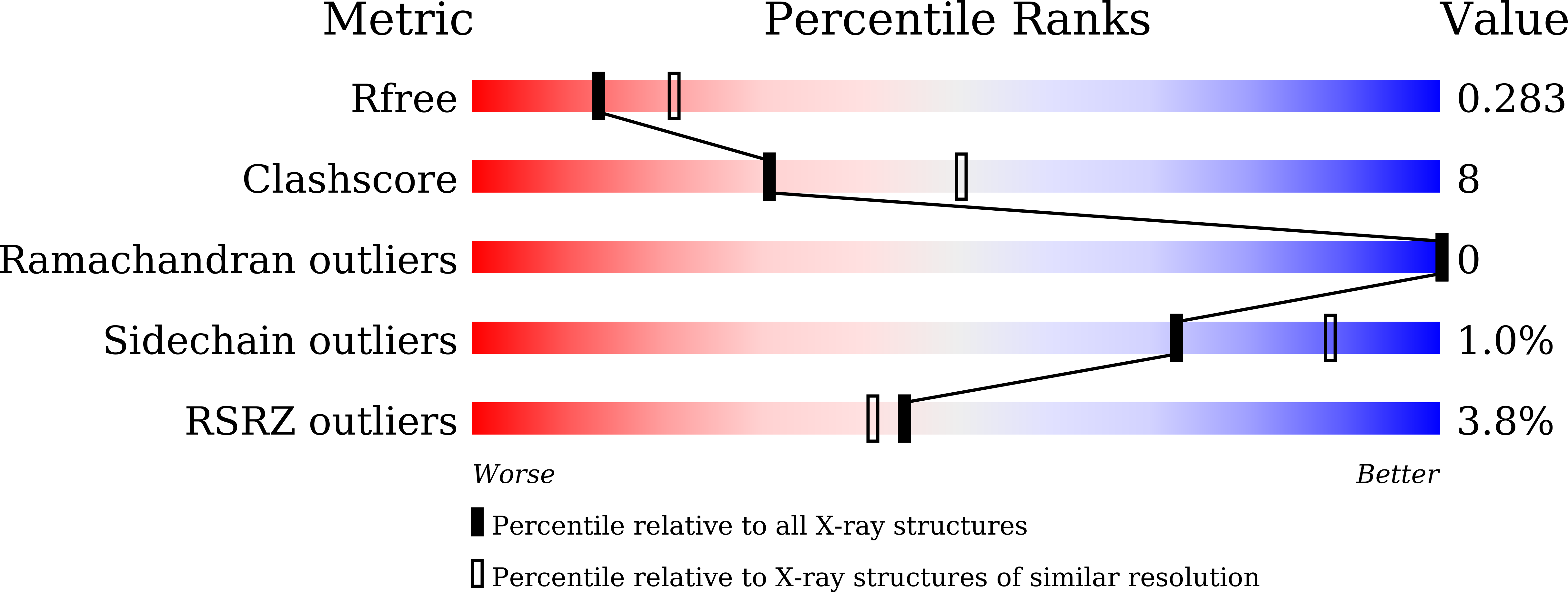
Deposition Date
2024-09-04
Release Date
2025-03-26
Last Version Date
2025-08-13
Entry Detail
PDB ID:
9JFJ
Keywords:
Title:
Crystal structure of the cytoplasmic domain of ZraS in ADP-bound form
Biological Source:
Source Organism:
Escherichia coli K-12 (Taxon ID: 83333)
Host Organism:
Method Details:
Experimental Method:
Resolution:
2.49 Å
R-Value Free:
0.28
R-Value Work:
0.26
R-Value Observed:
0.26
Space Group:
C 1 2 1


